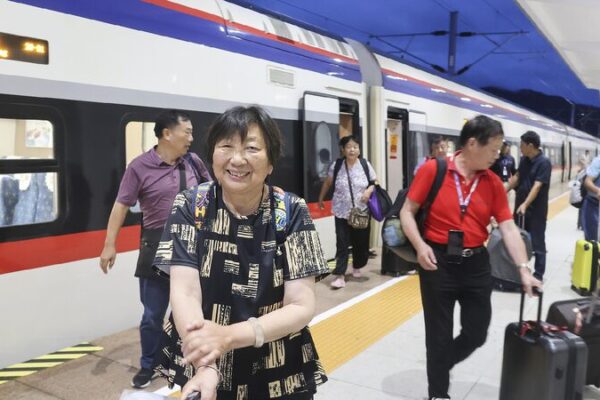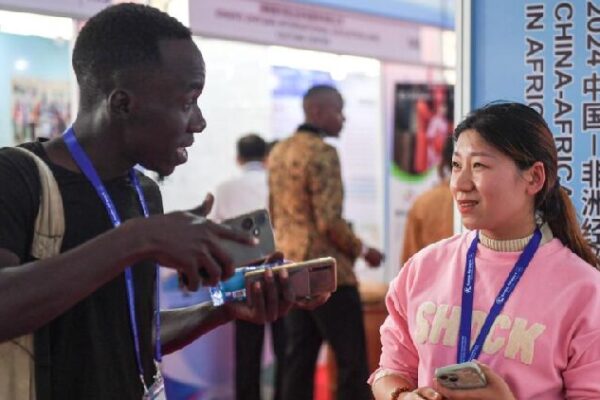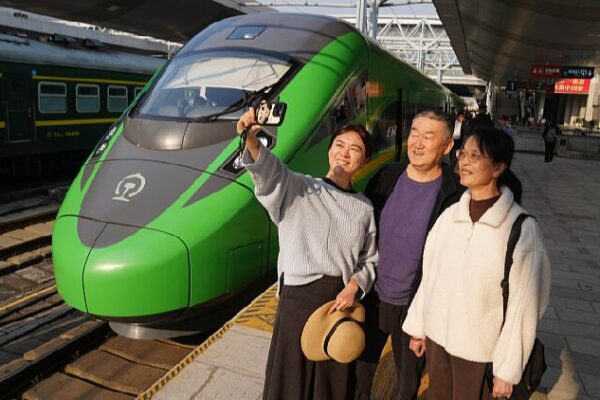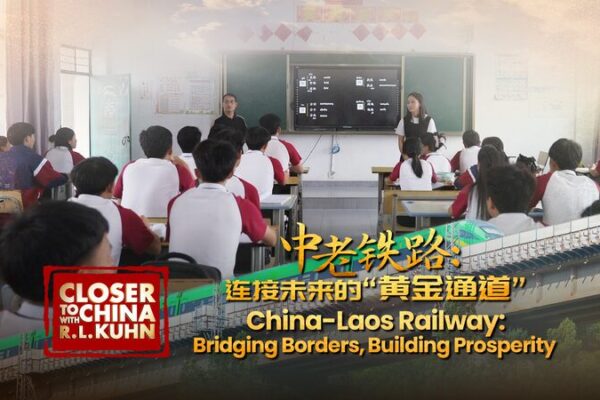In recent years, two major railway projects—the China-Laos Railway and Kenya’s Mombasa-Nairobi Railway—have been more than just tracks and trains. For the young people living along these routes, they signify new beginnings, opportunities, and a bridge to a brighter future.
The Belt and Road Initiative has made significant strides in connecting regions and fostering development. These railways are prime examples of how infrastructure can impact lives on a personal level, especially for the youth eager to grasp new opportunities.
In Laos, the new railway has opened doors for students like Anong, a 20-year-old from Luang Prabang. “Before the railway, traveling to Vientiane for education was difficult and expensive,” she says. “Now, I can visit home more often and access resources that were once out of reach.”
Similarly, in Kenya, young entrepreneurs like James Mwangi have found new markets for their goods. “The Mombasa-Nairobi Railway has cut down transportation time and costs,” James explains. “I can now send my products to Nairobi swiftly, expanding my business beyond what I imagined.”
These stories reflect a broader trend of empowerment and growth. The railways have not only connected cities but have also brought communities together, fostering cultural exchanges and mutual understanding.
For many young adults, these railways symbolize hope. They provide access to education, jobs, and healthcare, bridging gaps that once seemed insurmountable.
As the trains continue to run along these gleaming tracks, they carry with them the aspirations of a generation ready to build a shared future.
The China-Laos Railway and the Mombasa-Nairobi Railway are more than infrastructure projects; they are lifelines that connect hearts and minds, shaping the stories of young people across continents.
Reference(s):
cgtn.com








